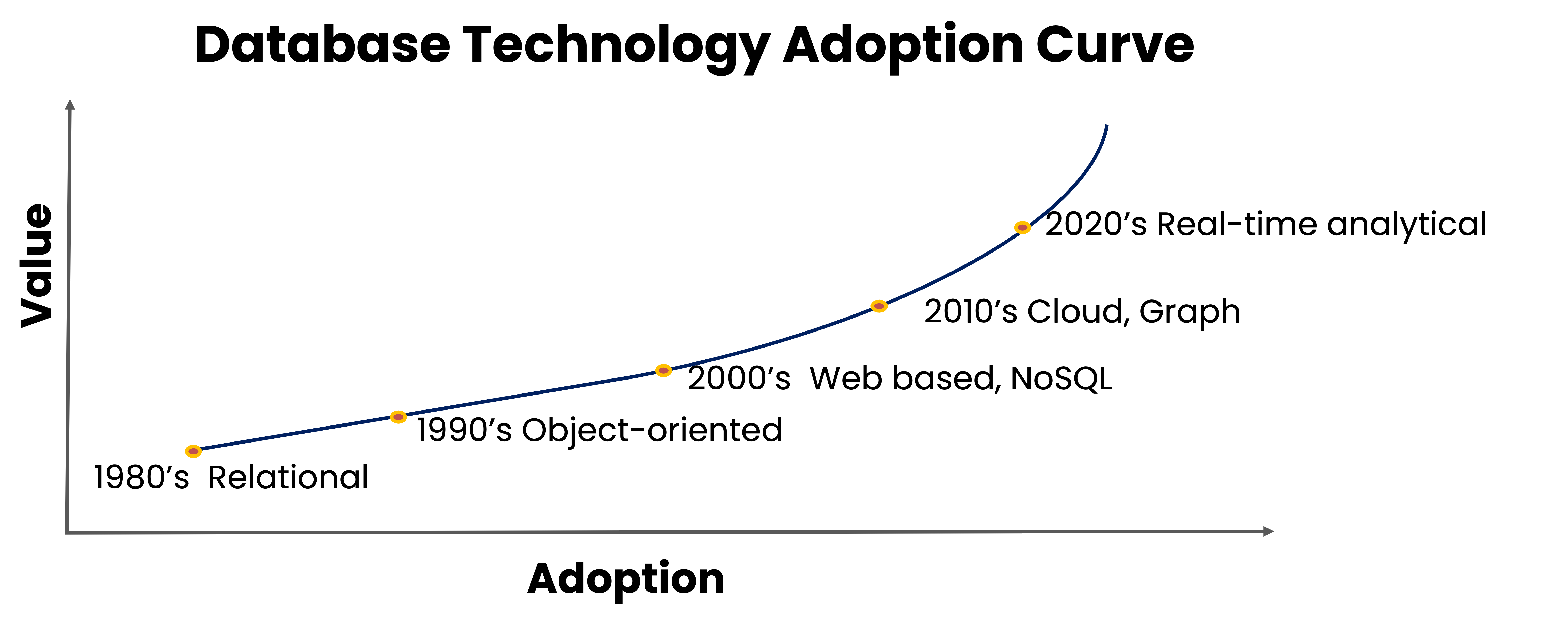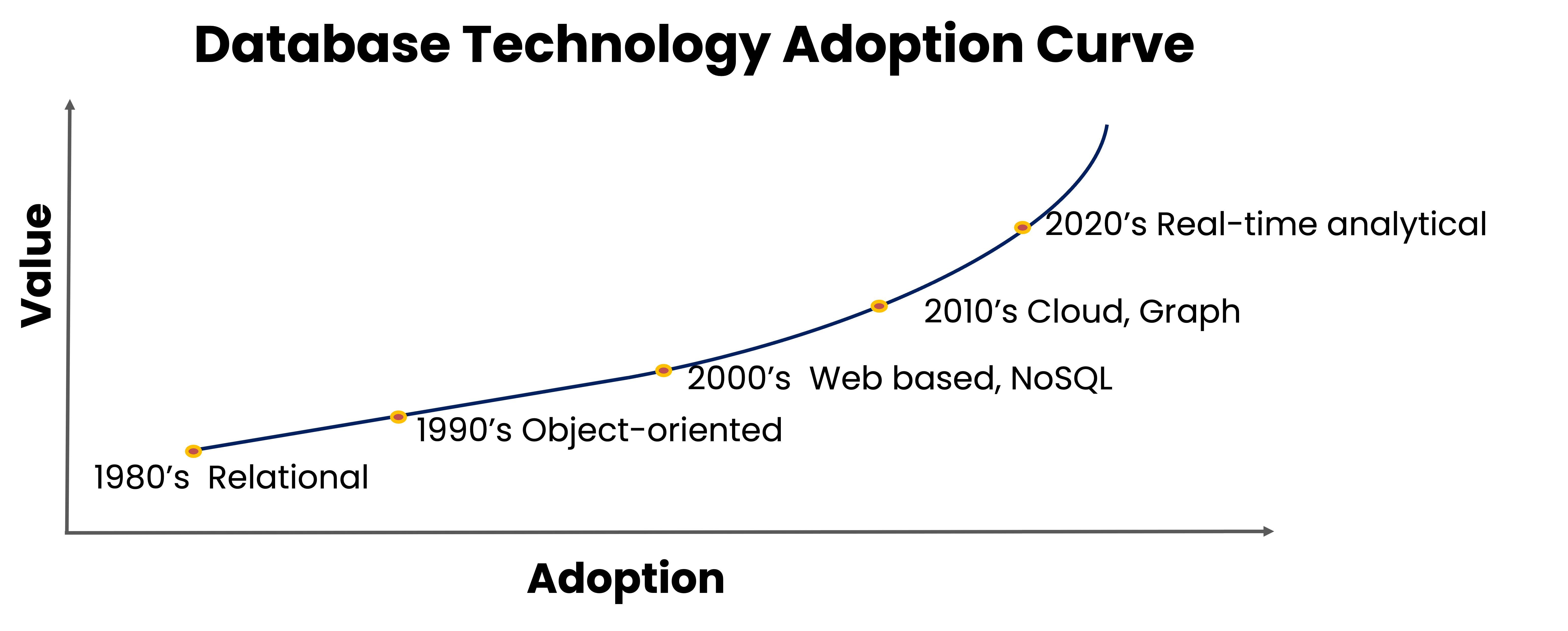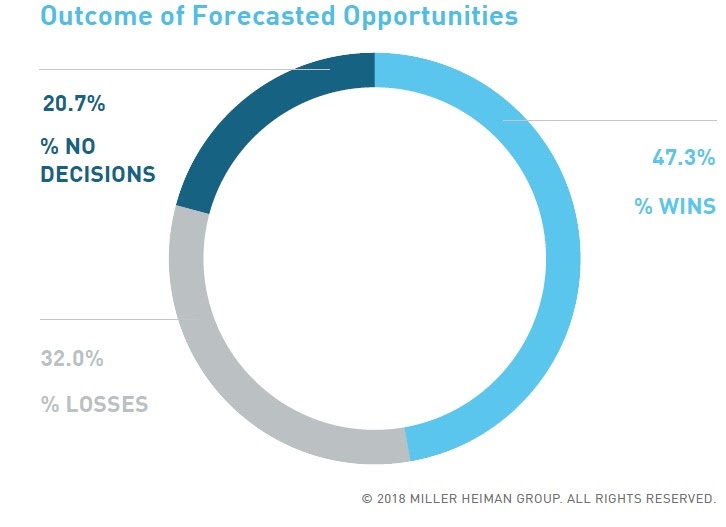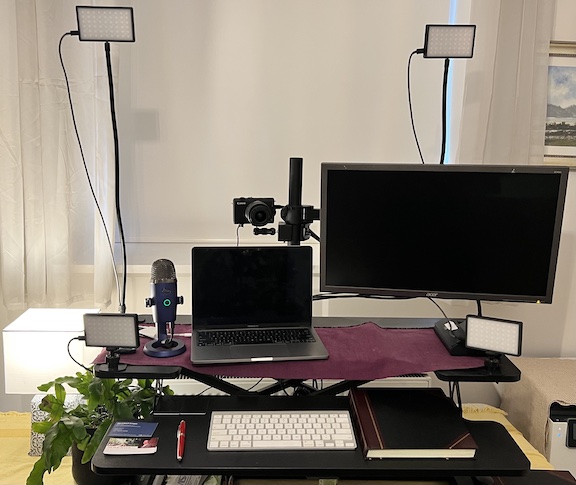Selling in the post COVID era
This article will be of interest to salespeople conducting remote calls, sales leaders, sales enablement leaders and leaders of technical pre-sales teams who want to improve outcomes from every remote selling meeting.
We are well into the post COVID-19 era and remote selling is now a part of most salespeople's lives, they will be comfortable with using Zoom and other video conferencing platforms to engage prospects. A recent statistic from Gong.io indicated that in-person buyer-seller meetings have reduced by half of what they were pre-COVID. Buyers are comfortable working remotely a good percentage of the time and show a preference for and are increasing their dependence on digital channels to execute the buying process. Gartner predicts that 80% of B2B sales interactions will occur in digital channels by 2025.
What this means is that salespeople need to be much more effective in the fleeting moments they get on video in front of buyers. Yet, I keep seeing the same 7-deadly sins that detract from sales effectivenss.
How do you rate your sales organization’s effectiveness at remote selling? The sales organization includes SDR’s, inside sales, field sales, SE’s, and solution architects.
Remote Selling Challenges
The challenges in selling remotely are mainly human. Here are a few of the human challenges we have observed over the past three years:
- Lack of salesperson’s skill to engage remotely and build rapport
- Salespersons lack of confidence, evidenced through umming an ahhing and hesitation
- Buyers are easily distracted by boring presentations and salesperson monologues
- Salespeople exhibit poor communication and listening skills
- Salespeople fail to formally prepare for the call
- Because salespeople are selling remotely, they get poor supervision and coaching
- Low conversion rates from first meetings
- 1-way presenting instead of having a conversation
- “Product-speak”, or what Scott Santucci calls “Productitis”
- Poor or no formal follow-up
Please feel free to add more challenges in the comments section.
Remote Selling Best-Practices
A quick Google search reveals hundreds of articles with advice and best practices for selling remotely. We have a few ideas of our own and best practices conversation frameworks for each step in the buy-sell process that make it much easier to engage buyers in a true dialogue.
Here are a few of the more important remote selling best-practices that we see top sellers practicing.
- Turn on your camera on! Data from Gong.io indicate that win-rates are 127% higher with both buyer and seller having their camera on at each meeting.
- Set up your home video studio - If you use video from a home office, you should do what you can within reason to make yourself clearly heard and easily seen. This checklist for setting up for excellent video communication is recommended. Having some sort of physical whiteboard is a must for your home office setup.
- Use a pre-call checklist - Airline pilots use them, doctors use them, if you are not using one to plan your meetings, then I suggest you get started tomorrow.
- Use an opening statement of intent as to your desired outcome from the meeting and solicit the buyers, - so that you are on the same page as to the duration, purpose, and outcome of the meeting.
- Use a Sales Prologue - This is not a new technique, but like many good ideas it has stood the test of time but is largely unknown. The sales prologue is a way of building rapport with the buyer by deliberately thinking through in advance what some of their questions might be for you. If you open the meeting with, “As I was preparing for our meeting today, I tried to think of some of the questions you might have for me. I thought you might want to know; -
i. What do we know about your business?
ii. Who have you helped that is like me?
iii. How can you help me?
Are these some of your questions?” You explain how you will respond to those questions and then ask, “Do you have any other questions?”
Less than 1% of salespeople ever ask these questions, but by asking them and running the meeting around the buyer’s questions you are serving your prospect’s agenda and not yours. The sales prologue requires practice and genuine inquiry to anticipate relevant buyer questions and when done well it accelerates trust and sets you apart from other salespeople. (How you sell is more important than what you sell.) - Questions. Answering buyer questions should be your top priority for the meeting. One of the buyer’s questions might be, “just exactly what do you guys do?” If you don’t answer this question up-front at a high level, you are in danger of alienating the buyer who must wait until it comes up in your pitch.
- Get the big idea across upfront. Use an illustration, visual confection, draw it out, or show a sample of your work. When the buyer asks the prior question, you could physically show them a sample of your product, an image, or use a physical or digital whiteboard to outline at a high level how you help customers. The Database Technology Adoption curve is something I created as an illustration of a visual confection that serves as a positioning conversational aid.

- Use Visual Conversation Frameworks. My former colleague at Enableocity, Corey Sommers, who literally wrote the Whiteboard Selling Book, has some breakthrough ideas that add a much more powerful visual dialogue capability to your meetings using either a physical whiteboard or digital tablet. Instead of pitching a whiteboard story about what your company sells, Corey developed a series of conversation frameworks and a very creative way of engaging buyers in a qualification discussion that is focused on your prospect’s needs. The salesperson captures dialogue elements visually in real-time and this serves to add a dimension of visual clarity and understanding without being manipulative or pitching. It also provides the basis for meeting follow-up.
- Send a Meeting Summary - Following every remote meeting, a picture of the captured whiteboard conversation serves as a powerful selling aid when embedded in a meeting summary template. Again, the meeting summary is not a new technique, but it has stood the test of time over 20 years and top salespeople always send them out after a meeting, regardless of the outcome.





